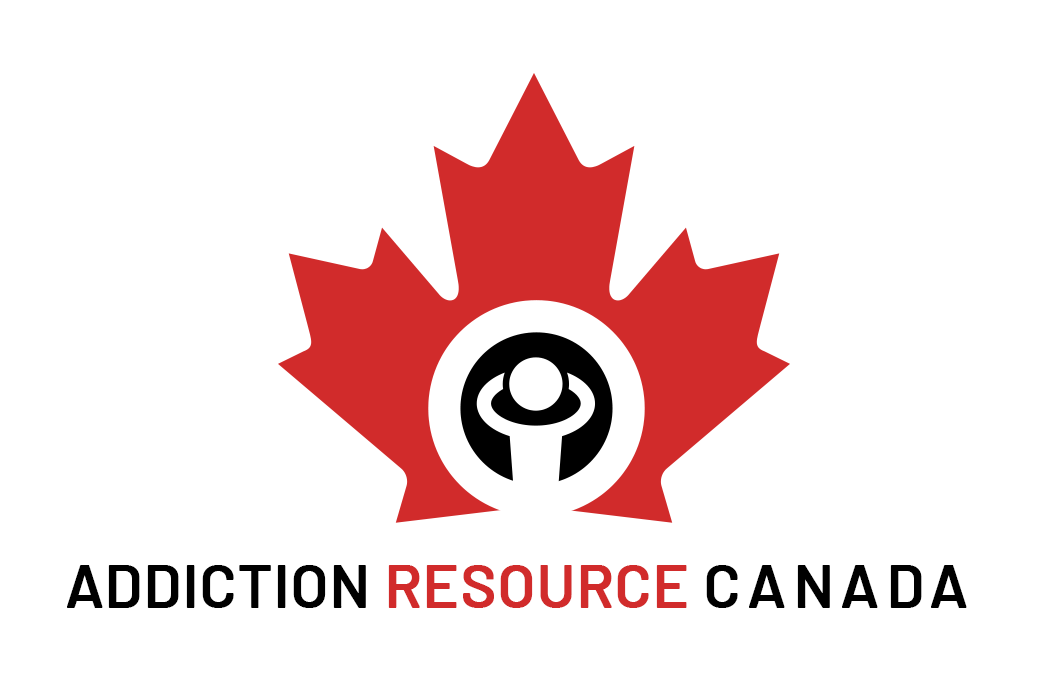Many people suffering from post-traumatic stress disorder (PTSD) or operational stress injuries (OSI) also have addiction disorders. PSTD and OSI have a number of very distressing symptoms such as hyperarousal, difficulty sleeping, flashbacks, hypervigilance and feeling of isolation. Unfortunately, people with these disorders often try to manage the symptoms by using addictive substances and often develop severe addiction disorders. These individuals require integrated programs to treat their addiction disorder at the same time as their PTSD or OSI. These programs are often specially designed for first responders (e.g. police, firefighters, EMS) and members of the military, since they are at particularly high risk for PTSD and OSI.
Treatment teams include counsellors with extensive trauma therapy training, an occupational therapist, and a supporting medical team. Patients are matched with a primary counsellor, as well as a physician. The specialized nature of these program ensures that much of the programming takes part in small, intimate groups of patients in the same cohort. A psychiatrist should also be available for patients in case they need to see one.
Programs usually include the following phases and components.
Safety, stabilization and psychological education
Counsellors and doctors educate patients on the nature of PTSD: how it develops, what the symptoms are, and how it affects the body. A thorough understanding of the disorder and why it exists is essential to beginning to learn how to manage it. In addition, addiction education is provided to understand the effects of substances on the mind and body, the multiple causes of addiction, other mental health disorders, risk factors for relapse, and other relevant topics. Staff work with patients to support them to increase their engagement in activities from which they have withdrawn, providing enjoyment and a sense of accomplishment, and decreasing feelings of isolation.

Symptom management, trauma processing and relapse prevention
Patients develop strategies to manage their symptoms: dialectical behavioural therapy (DBT) and stress inoculation therapy (SIT) are used to help patients develop skills to regulate emotions, develop distress tolerance and increase interpersonal effectiveness. This not only reduces the symptoms of PTSD, but also gives patients the tools to regulate intense emotions by themselves rather than by relying on drugs or alcohol.
Patients work on in-vivo exposure with an occupational therapist. This involves the gradual, guided, and systematic approach to situations and activities that have been avoided due to distress. Patients set their weekly exposure goals with their groups and therapist, and gradually progress through a hierarchy of triggers as progress is made. Patients have opportunities to leave property either alone or in groups to support their in vivo exposure work. In this stage, patients also attend a cognitive processing therapy (CPT) group that focuses on thoughts and feelings related to their trauma. In this group patients identify how the trauma may have impacted how they see themselves and the world, and learn skills to address unhelpful thoughts and feelings. Having the support of others who are struggling with similar difficulties is an important part of this group.
Patients attend an addiction relapse prevention program to identify their own signs of behavioural, mental, and emotional deterioration, and create plans for how to respond constructively.
Programs often include anger management workshops that inform patients about the purposes of anger, its triggers, and its warning signs. Centred around the concept of balance, these sessions invite patients to live a more centred existence and develop healthier, more constructive responses to anger.
re-integration
Towards the end of the program, the focus shifts to planning for discharge and the patients’ next steps. Patients attend sessions to help them identify strategies to maintain their recovery when they return home. The team works with patients on developing a solid discharge plan and connects them with ongoing support after leaving the treatment center.

